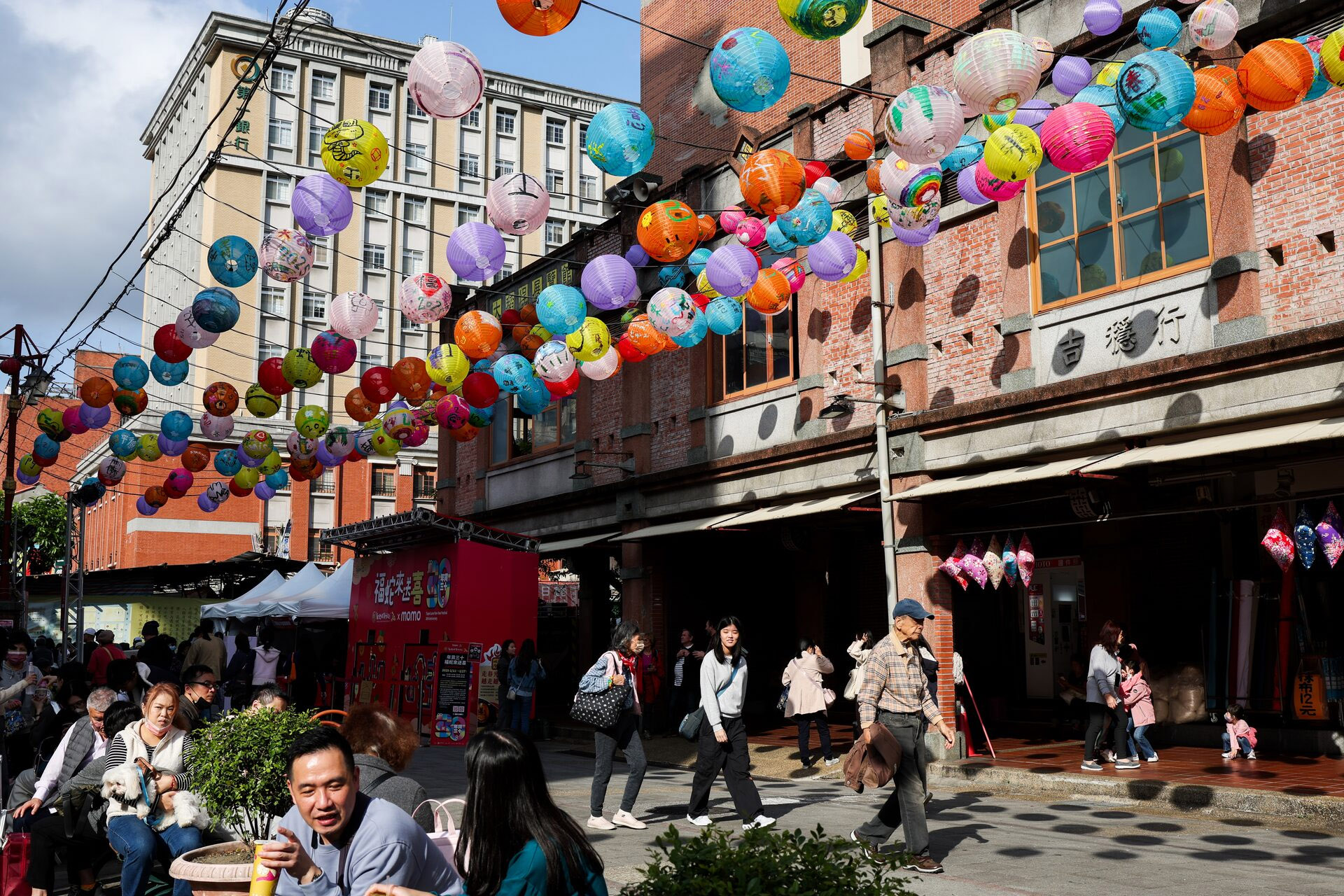Taipei has held a special place in my heart since I first visited in 1994, the summer before I went to university in Britain to study Chinese, a language I was drawn to because of my interest in Taiwan and its unusual international situation. After periods studying and working in Taipei over the years, I returned full-time in 2019 as the Reuters Taiwan bureau chief.
I have covered everything from elections and semiconductors to the thriving pop music scene, a blast from the past given the hours I spent as a young man perfecting my Chinese skills at all-night karaoke sessions. Taiwan is so much more than microchips and geopolitical tensions. Here is how to spend time in the capital and its environs, the local way:

Where to eat: Taipei is a foodie heaven, from oyster pancakes and Taiwan-style sushi at its night markets to high-end farm-to-table Italian. The city’s biggest culinary strength is its extraordinary diversity, given Taiwan’s history as a melting pot of Indigenous, Chinese, Japanese, Southeast Asian and European cultures.
I am a regular visitor to neighbouring New Taipei’s Little Myanmar on Huaxin Street, home to a large Sino-Burmese community, for biryani at Wang Wang Lai, and mohinga, a fish soup with noodles that is Myanmar’s national dish, at Ah Wei. The area is a short walk from the Nanshijiao subway station but well off the beaten tourist track.


What to buy: I like surprising people with unexpected food gifts grown and made in Taiwan, like chocolate and cinnamon. I get mine at the Hope Square weekend farmers’ market. My cinnamon supplier messages me every time she comes up to Taipei from her farm in southern Taiwan.
Just off the highly fashionable Dihua Street, Jain Jain is where I freely admit to spending far too much money. Its textiles, inspired by Taipei street scenes, are made into shirts, cushions, napkins and other items to wear and use in the house.

What to do on the weekend: Taipei has a fantastic art scene. Most famous is the National Palace Museum, one of the greatest collections of Chinese imperial treasures in the world, taken to Taiwan in 1949 after the defeated Republic of China government fled Mao Zedong’s communists at the end of a civil war. But for Taiwanese art, not much can beat the Taipei Fine Arts Museum, which has an eclectic collection dating from around the 1920s right up to highly avant-garde pieces from recent years.

In the winter I head to the hot springs in Beitou and Wulai in the mountains around the city. Villa 32 is best, bar none. In the steamy summer months I go as often as I can to the beach at Fulong with its clear water and fish jumping in the waves.
Getting around: Taipei’s subway system is hard to beat. Quick, cheap, efficient and clean, it goes almost everywhere. The YouBike shared bike system is also great. It’s fun sometimes just to cycle around and go into the city’s myriad back alleys to see what I can discover.

Further afield: The north-south high-speed rail line makes getting to all the major cities of Taiwan extremely easy. My two favourite cities outside Taipei are Kaohsiung, a still slightly gritty port city that has reinvented itself as an uber cool arts hub, and Chiayi, with its Japanese colonial-era buildings that serve as the entry point to the beauty of the forests of Alishan.
Jumping on a short domestic flight gets you to Kinmen, the Taiwan-controlled island group that sits nestled up to the Chinese coast. Most of Kinmen is a national park with a strong focus on its Cold War history. Unfortunately I’ve never managed to see any of Kinmen’s threatened otters, but I do own a cuddly Kinmen stuffed otter toy.

What to read: For modern Taiwanese literature, my top recommendation is Pai Hsien-yung. Best known as the author of what is generally considered the first modern gay Chinese language novel, 1983’s “Crystal Boys,” his collection of short stories “Taipei People” is also available in English and is a moving snapshot of life in the city in the difficult years following the flight of the Republican government to Taiwan.
For nonfiction about Taiwan and its history, I recommend Hsiao-ting Lin’s “Accidental State” and Michael Szonyi’s “Cold War Island”. Harder to find is Brian Crozier’s “The Man Who Lost China”, the book that first got me interested in Taiwan as a 13-year-old.

DATA POINTS
- Price of cup of bubble tea: T$115 ($3.50), Chun Shui Tang. To be very Taiwanese, order with brown sugar, T$125 ($3.80).
- Great place to see a sunset: Maokong Tea Garden
- Popular sneaker brand: Onitsuka Tiger, Taipei 101 flagship store, about T$5,000 ($150)
- Souvenir trinket for little ones: Retro Taiwan design T-shirts, Lai Hao T$780 ($24)
- Largest university: National Taiwan University, about 34,000 students
- Popular vehicle: Electric scooter from homegrown brand Gogoro, around T$90,000 ($2,700) (Ben Blanchard/Reuters)








You must be logged in to post a comment.